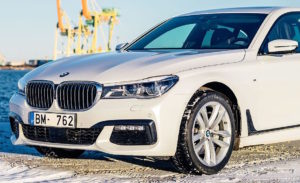 Look what I fished out of my spam folder this morning. This is a variation on the usual lottery scam, and more enjoyable than most. But really, a BMW 760Li? While the 6.6-litre twin-turbo Rolls Royce engine would be zippy on Phoenix-area highways, we certainly don’t need the cold-weather package here. Anyway, the M4 two-door coupé is more my style.
Look what I fished out of my spam folder this morning. This is a variation on the usual lottery scam, and more enjoyable than most. But really, a BMW 760Li? While the 6.6-litre twin-turbo Rolls Royce engine would be zippy on Phoenix-area highways, we certainly don’t need the cold-weather package here. Anyway, the M4 two-door coupé is more my style.
To be serious: When you get spam like this, simply delete the message. Don’t reply, don’t click any links, including unsubscribe links.
From: “Mrs Rachael Adams”
Subject: BMW LOTTERY DEPARTMENTDate: July 21, 2016 at 1:51:03 PM MST
BMW LOTTERY DEPARTMENT
5070 WILSHIRE BLVD
LOS ANGELES. CA 90036
UNITED STATES OF AMERICA.NOTE: If you received this message in your SPAM/JUNK folder, that is because of the restrictions implemented by your Internet Service Provider, we (BMW) urge you to treat it genuinely.
Dear Winner,
This is to inform you that you have been selected for a prize of a brand new 2015/2016 Model BMW 7 Series Car and a Cheque of $1,500,000.00 USD from the international balloting programs held on the 2nd section in the UNITED STATE OF AMERICA.
Description of prize vehicle; Model: 760Li Color (exterior): Metallic Silver Mileage: 5 Transmission: Automatic 6 Speed
Options: Cold weather package, premium package, fold down rear seats w/ski bag, am fm stereo with single in dash compact disc player.
The selection process was carried out through random selection in our computerized email selection system (ESS) from a database of over 250,000 email addresses drawn from all the continents of the world which you were selected.
The BMW Lottery is approved by the British Gaming Board and also licensed by the International Association of Gaming Regulators (IAGR).
To begin the processing of your prize you are to contact our fiduciary claims department for more information as regards procedures to claim your prize.
Fiduciary Agent: Mr.David Johnson
Contact Email:[redacted]Contact him by providing him with your secret pin code Number BMW:255175HGDY03/23.As the subject of your email for swift response
You are also advised to provide him with the under listed information as soon as possible:
1. Name In Full :
2. Residential Address :
3. Nationality :
4. Age :
5. Sex
6. Occupation :
7. Direct Phone :
8. Present Country :
9. Email address :
10. pin code Number BMW:255175HGDY03/23Note that you have to send email to Mr.David johnson .You are to provide him with the above listed details as soon as possible so he can begin with the processing of your prize winnings.
Mrs.Rachael Adams.
———————
THE DIRECTOR PROMOTIONS
BMW LOTTERY DEPARTMENT
UNITED STATES OF AMERICA


 Thank you, NetGear, for taking care of your valued customers. On July 1, the company announced that it would be shutting down the proprietary back-end cloud services required for its VueZone cameras to work – turning them into expensive camera-shaped paperweights. See “
Thank you, NetGear, for taking care of your valued customers. On July 1, the company announced that it would be shutting down the proprietary back-end cloud services required for its VueZone cameras to work – turning them into expensive camera-shaped paperweights. See “ We spent a long weekend in southern Arizona viewing wildlife, with time spent at birders’ paradises in
We spent a long weekend in southern Arizona viewing wildlife, with time spent at birders’ paradises in 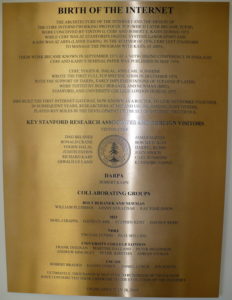 In the “you learn something every day” department: Discovered today that there’s a plaque at Stanford honoring the birth of the Internet. The plaque was dedicated on July 28, 2005, and is in the
In the “you learn something every day” department: Discovered today that there’s a plaque at Stanford honoring the birth of the Internet. The plaque was dedicated on July 28, 2005, and is in the 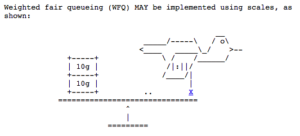 There are standards for everything, it seems. And those of us who work on Internet things are often amused (or bemused) by what comes out of the
There are standards for everything, it seems. And those of us who work on Internet things are often amused (or bemused) by what comes out of the 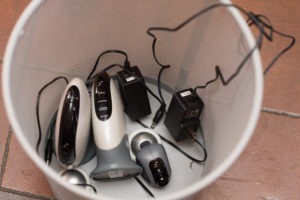 Thank you,
Thank you,  Scammers give local businesses a faux award and then try to make money by selling certificates, trophies, and so-on.
Scammers give local businesses a faux award and then try to make money by selling certificates, trophies, and so-on.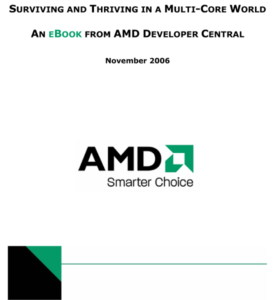 I wrote five contributions for an ebook from AMD Developer Central — and forgot entirely about it! The book, called “
I wrote five contributions for an ebook from AMD Developer Central — and forgot entirely about it! The book, called “ After more than a decade of near daily use, I still love my
After more than a decade of near daily use, I still love my 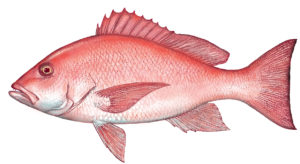 Eat real food. Avoid food laden with additives, or which are overly processed. My family has a few rules which we follow pretty closely when shopping:
Eat real food. Avoid food laden with additives, or which are overly processed. My family has a few rules which we follow pretty closely when shopping: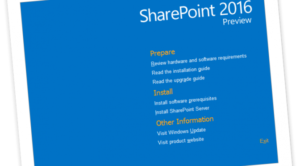 Excellent story about SharePoint in ComputerWorld this week. It gives encouragement to those who prefer to run SharePoint in their own data centers (on-premises), rather than in the cloud. In “
Excellent story about SharePoint in ComputerWorld this week. It gives encouragement to those who prefer to run SharePoint in their own data centers (on-premises), rather than in the cloud. In “ Isn’t it reassuring to know that this scammer’s loan agency is “owned by the Christian Church”? Yeah, right. Don’t be fooled by these sorts of emails. The scammer’s next step would be to request sensitive personal information (like bank account numbers), or ask you to wire over a “fee” for processing the not-to-appear loan. Or both.
Isn’t it reassuring to know that this scammer’s loan agency is “owned by the Christian Church”? Yeah, right. Don’t be fooled by these sorts of emails. The scammer’s next step would be to request sensitive personal information (like bank account numbers), or ask you to wire over a “fee” for processing the not-to-appear loan. Or both. If you are asked to submit a photograph, screen shot or a logo to a publication or website, there’s the right way and the less-right way. Here are some suggestions that I wrote several years ago for BZ Media for use in lots of situations — in SD Times, for conferences, and so-on.
If you are asked to submit a photograph, screen shot or a logo to a publication or website, there’s the right way and the less-right way. Here are some suggestions that I wrote several years ago for BZ Media for use in lots of situations — in SD Times, for conferences, and so-on.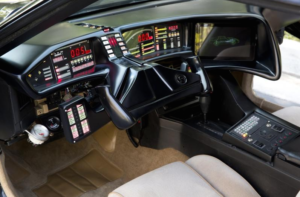 Was it a software failure? The recent fatal crash of a Tesla in Autopilot mode is worrisome, but it’s too soon to blame Tesla’s software.
Was it a software failure? The recent fatal crash of a Tesla in Autopilot mode is worrisome, but it’s too soon to blame Tesla’s software.